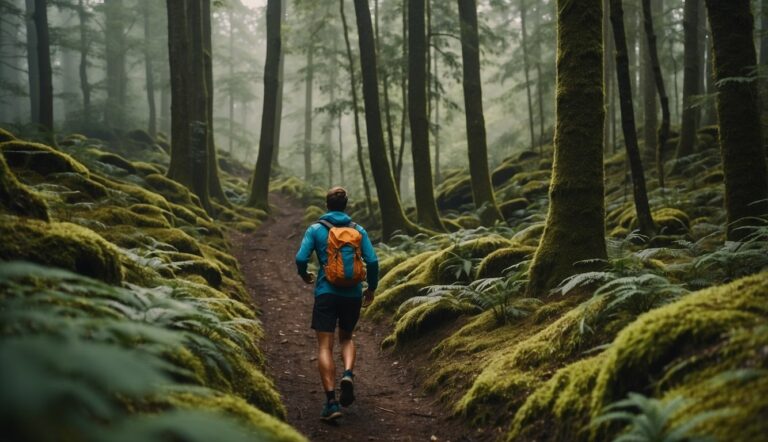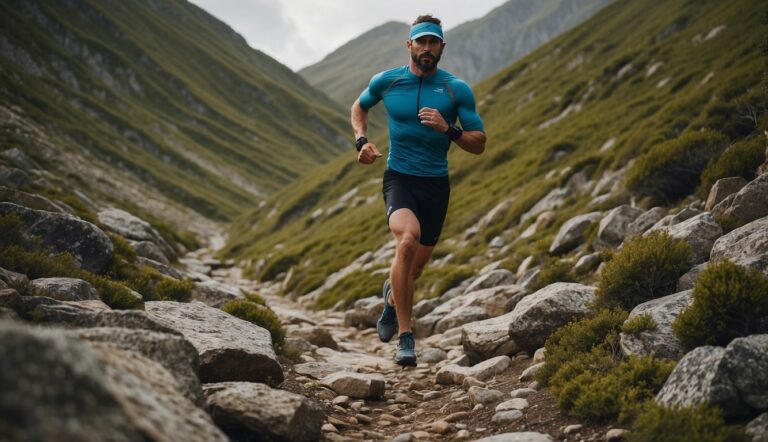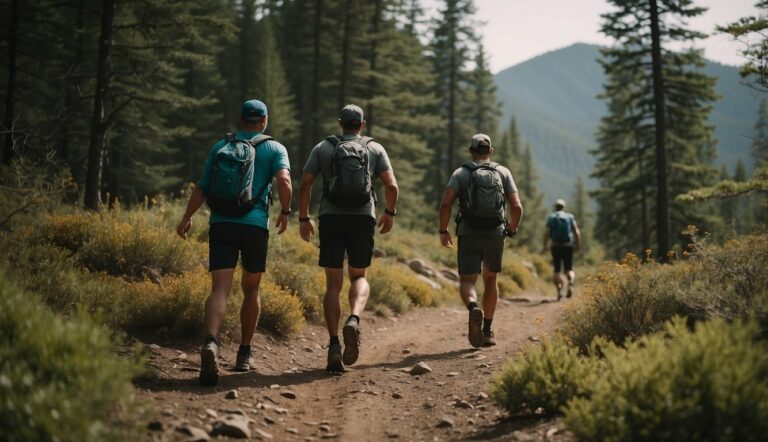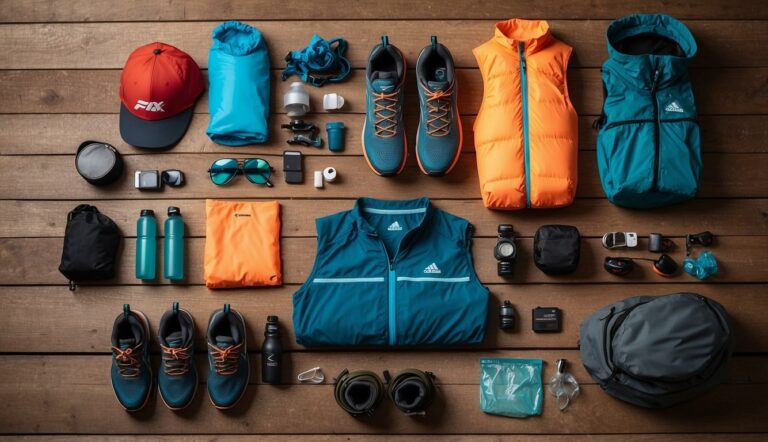The Future of Trail Running: Trends and Advances Shaping the Sport
Trail running has experienced a meteoric rise in popularity, attracting millions worldwide to its challenging, natural courses. As a medium that blends fitness with adventure, its future remains highly vibrant and dynamic. It’s a sport that promises growth, not just through an increase in participants but also through its evolving culture and community engagement.
With this expansion, trail running has entered a new era, and as a UESCA certified running coach, I’ve observed firsthand its ability to motivate and transform individuals’ lives. It’s more than just a pastime; it’s a journey of self-discovery and an opportunity to connect with nature on a deeper level.
Evolution of Trail Running
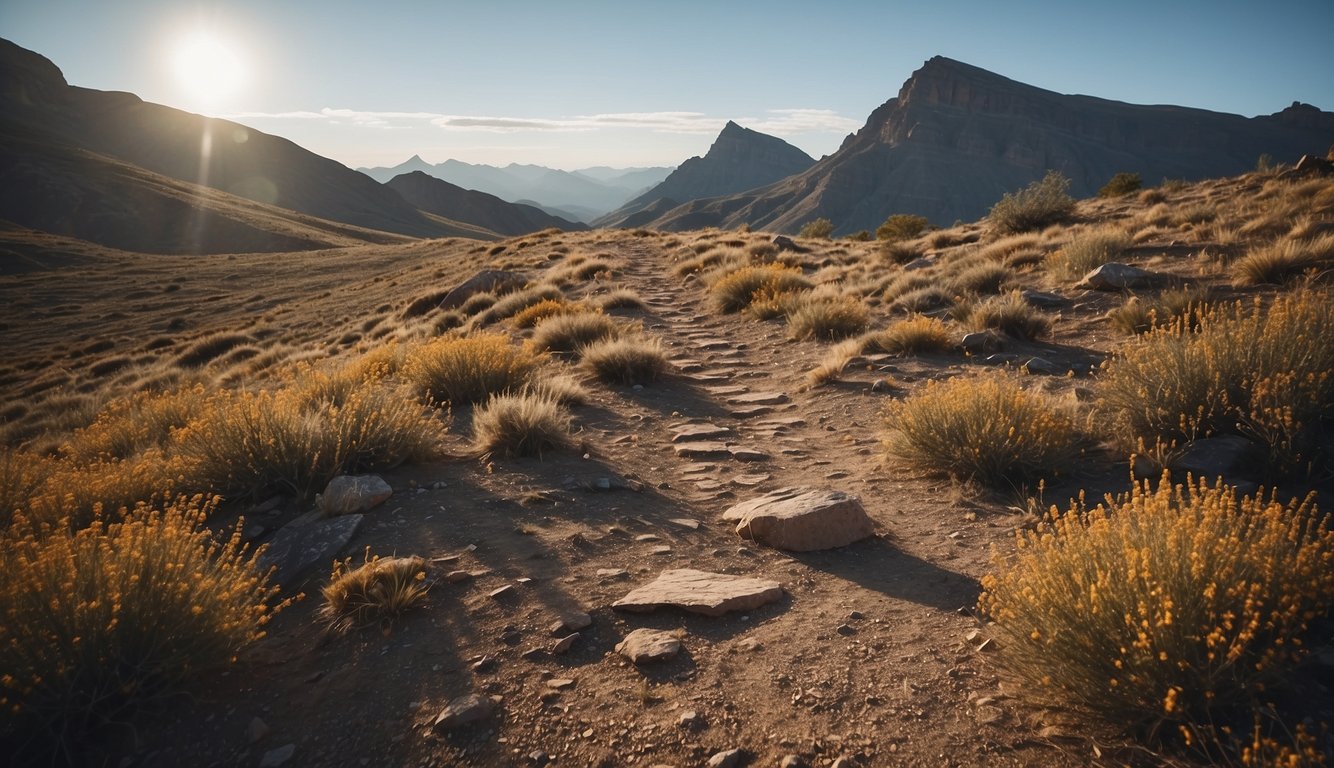
Trail running’s popularity has soared, evolving from niche community beginnings to a global phenomenon. Understanding its growth and the challenges it has faced is key to appreciating its current and future state.
Historical Growth
From its inception in the 1960s and 1970s, trail running established itself as more than a sport; it became a culture. Small local gatherings of runners over time grew into an expansive community, driven by a collective passion for nature and fitness.
The past decades have witnessed a surge in popularity, with events and participants multiplying globally. Now, millions embrace the trails each year, showcasing the sport’s significant growth.
Key Milestones:
- 1960-1975: Foundation as a culture with local events
- 1975-1990: Expansion of regional and national competitions
- 1990-2010: International recognition and professionalization
- 2010-present: Mainstream adoption and sizable growth in events and participation
Impact of Pandemic on Trail Running
The pandemic introduced unprecedented challenges for many sports, yet trail running experienced a unique response. As runners sought safe, socially-distanced activities, trails provided a refuge.
While traditional races were postponed or canceled, runners continued to hit the trails, often increasing their engagement with the sport. As a running coach, I observed a marked increase in those seeking guidance for trail running during this period, signifying a resilience and adaptability that has further strengthened the trail running community.
Pandemic Influence:
- Event Cancellations: Numerous races postponed or canceled
- Surge in Participation: More individuals took to the trails amidst pandemic restrictions
- Adaptation: Virtual races and challenges emerged to keep the community connected
Table 1: Trail Running Trends During Pandemic
| Year | Traditional Races | Virtual Events | Trail Running Participation |
|---|---|---|---|
| 2020 | Decline | Rise | Increase |
| 2021 | Gradual Recovery | Steady | Stable Growth |
My role as a coach continued to be pivotal during these times, helping trail runners maintain their training regimes and adapt to the changing landscape of the sport.
Trail Running Community Dynamics
In the evolving landscape of trail running, it’s vital to understand how diversity enriches the community and the pivotal roles that organizers and directors play in steering its growth.
Importance of Diversity
I’ve seen firsthand how diversity can invigorate the trail running community. A broad mix of ages, genders, and cultural backgrounds contributes not only to the sport’s vibrancy but also its sustainability.
Role of Event Organizers and Race Directors
The success of trail running events hinges on the competence of event organizers and the foresight of race directors. I advise them to prioritize clear communication and safety.
Local race initiatives like the “Dirt Circus” unite runners and offer a glimpse into well-executed community events. Logistics, from registration to post-race activities, should be fluid, setting the stage for memorable experiences that keep runners coming back.
Training and Performance
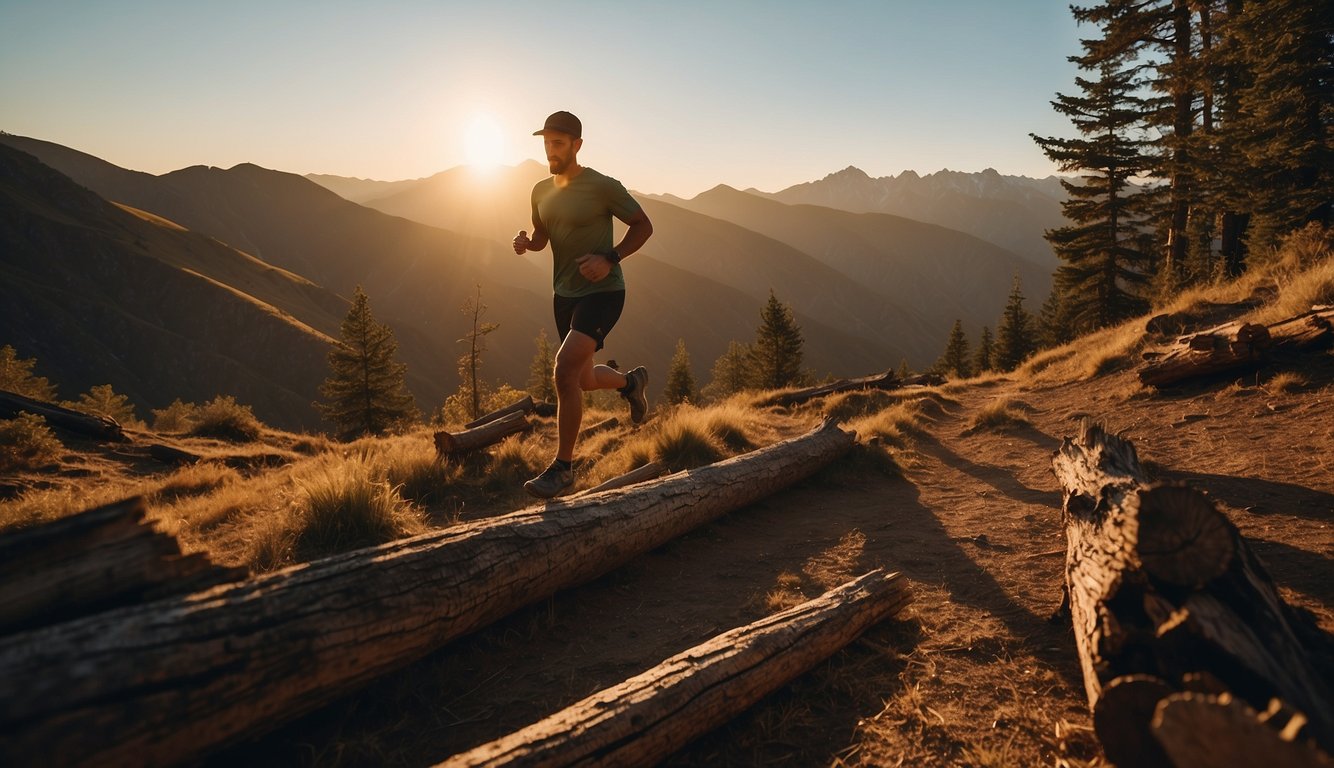
Trail running demands not only physical endurance but also a strategic approach to training and performance that adapts to challenging terrains. To maximize results, integrating innovative training plans and optimizing nutrition and recovery are key areas of focus for trail runners.
Innovative Training Plans and Platforms
As a UESCA certified running coach, I’ve observed a remarkable shift towards personalized training plans that cater to individual strengths and weaknesses. New platforms allow for custom-built plans that adapt in real-time to a runner’s performance data.
Professional athletes are increasingly relying on digital tools to track and analyze their training, resulting in finely tuned regimens that are responsive to their bodies’ needs.
Sample Weekly Training Plan:
| Day | Activity | Intensity | Remarks |
|---|---|---|---|
| Monday | Rest | Low | Recovery day |
| Tuesday | Interval Run | High | Focus on speed |
| Wednesday | Easy Run | Low | Aerobic development |
| Thursday | Hill Repeats | High | Strength building |
| Friday | Cross-Training | Moderate | Injury prevention |
| Saturday | Long Run | Moderate-High | Endurance focus |
| Sunday | Active Recovery | Low | Easy hike or walk |
Nutrition and Recovery Strategies
When it comes to nutrition, the focus is on optimizing intake for endurance and recovery. A balanced diet rich in carbohydrates, proteins, and fats is crucial, as is adequate hydration.
I emphasize the importance of post-run recovery meals to replenish glycogen stores and repair muscles. Recovery strategies extend beyond nutrition, including active recovery days, sufficient sleep, and mobility exercises to prevent injury.
Post-Run Recovery Meal Suggestion:
- Carbohydrates: Quinoa, sweet potatoes, or brown rice.
- Protein: Grilled chicken, tofu, or black beans.
- Fats: Avocado, nuts, or seeds.
- Hydration: Water, electrolyte drinks, or tart cherry juice.
Technology and Digital Influence

The landscape of trail running is being reshaped by technology and digital tools, which provide innovative ways to engage with the sport and form global communities.
Rise of Digital Communities
In recent years, I’ve observed a notable shift toward digital integration in trail running. Online platforms and communities have become central to the sport’s social experience, forging connections between runners around the world.
Personal stories, challenges, and achievements are now shared widely, creating a more inclusive and supportive digital trail running community. Apps and devices have become commonplace and serve not just for tracking and navigation but also as a hub for community building.
- Key Communities:
- Online running forums
- Virtual running groups
- Fitness app challenges
Influence of Social Media and Podcasts
Social media is no longer just a place for personal updates but a key platform for trail runners to exchange tips, motivate each other, and spread awareness about environmental stewardship.
Distinct from other content, podcasts have emerged as a powerful medium. They offer in-depth discussions on training techniques, nutrition advice, and the mental aspects of trail running, delivered directly from experts and elite runners to enthusiasts of all levels.
- Popular Content Types on Social Media & Podcasts:
- Training tips and success stories
- Gear reviews and recommendations
- Event highlights and runner interviews
Through social media and podcasts, I am able to connect with my listeners and followers, disseminating valuable content that enhances their passion for trail running. This infusion of digital content is truly transforming the narrative and the journey of every trail runner.
Sustainability and Environmental Impact
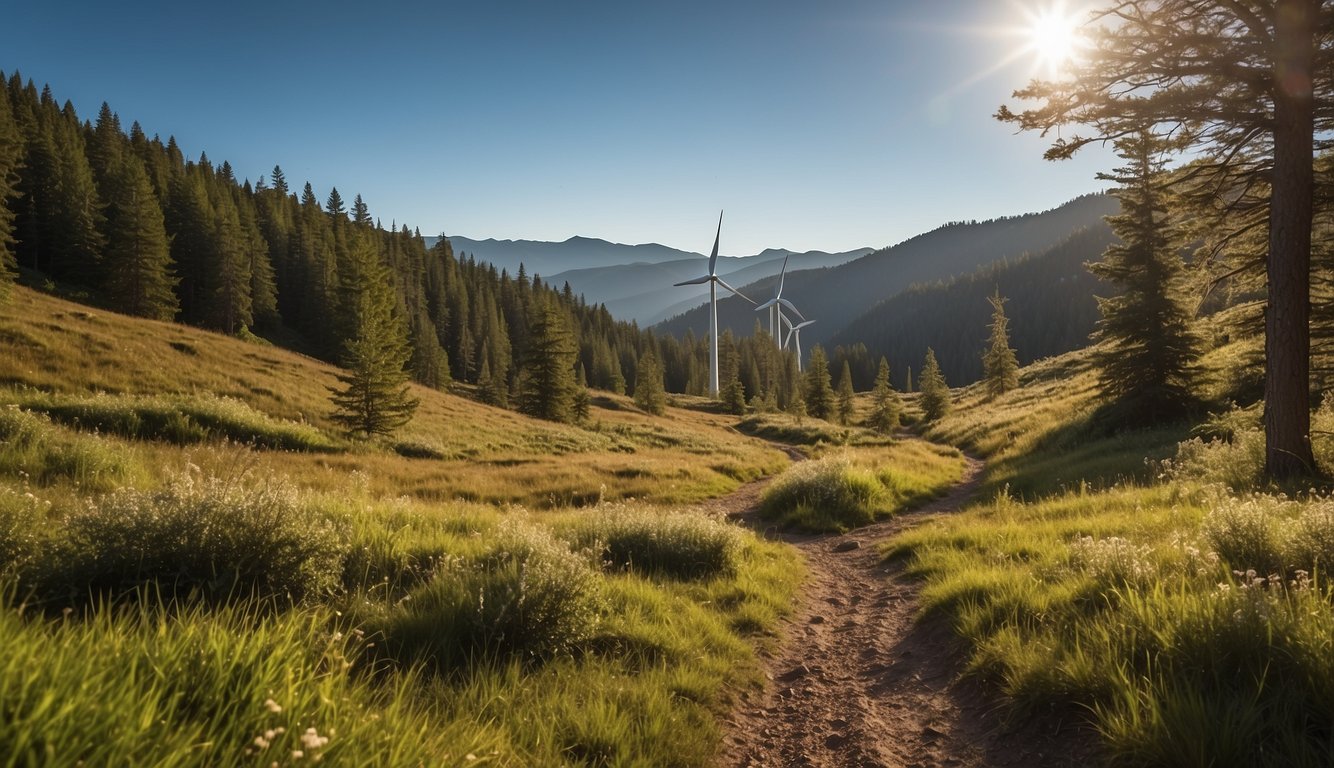
As a UESCA certified running coach, I emphasize the importance of sustainability and the environmental impact of trail running. Understanding how trail running affects nature and climate change is crucial for ensuring the longevity and health of both the sport and the environment.
Effects of Trail Running on Nature
Trail running inherently interacts with nature. This interaction can lead to positive outcomes such as increased awareness of natural areas and contributions to its protection. However, it’s vital we consider the potential impact on trails and ecosystems:
- Soil Erosion and Compaction: High traffic from runners can compact soil, which can affect water absorption and vegetation.
- Disturbance to Wildlife: Runners can unintentionally stress wildlife, especially when running outside of designated trails.
- Trail Degradation: Without proper maintenance, trails can become eroded and unsuitable for both running and natural flora and fauna.
Mitigation Strategies include:
- Sticking to Designated Trails: This simple action can reduce disturbances to undisturbed land and minimize erosion.
- Trail Maintenance and Restoration: Participating in trail work days helps maintain the environment we enjoy for running.
- Educating the Community: As runners, sharing knowledge about the local environment and how to protect it is key to sustainability.
Trail Running and Climate Change
The activity of trail running alone does not significantly contribute to climate change, but associated factors do have an impact. The transportation to trails and events, manufacturing of gear, and resource use at races are all elements to consider for a smaller carbon footprint.
- Carbon Emission From Travel: Carpooling and using sustainable transport to races can reduce greenhouse gas emissions.
- Sustainable Gear: Purchasing durable and eco-friendly running shoes and apparel lessens the demand for new resource-intensive products.
- Race Organization and Management: Events can lead the charge in sustainability by implementing resource management systems, favoring digital over physical resources, and advocating for carbon offsetting.
Actions to Take:
- Advocate for Sustainable Practices: Encourage event organizers to opt for eco-friendly measures.
- Choose Sustainable Products: Support brands that use recycled materials and offer recycling programs for their products.
- Minimize Travel Impact: Opt for local races or share transport to distant events to reduce the environmental footprint.

